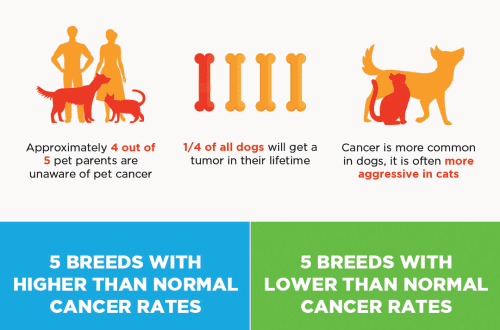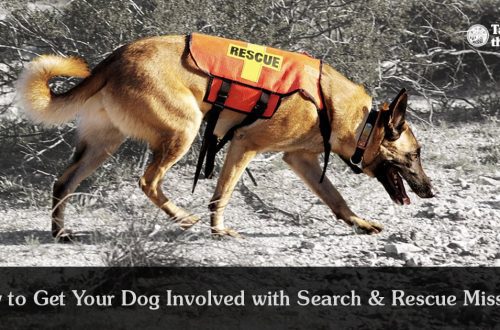
How to switch your dog to another food
.
The need to transfer the dog to another food can arise in various situations. How to do it right and what to consider?
As a rule, a veterinarian can recommend a change in food after the next examination of the pet. Reasons for changing food can be:
● castration or sterilization of the animal;
● age;
● various diseases;
● food allergy;
● excess weight.
In this case, you can not drastically change the diet. The transition to a new food requires a gradual change.
Contents
The correct transition of the dog from one food to another
Too abrupt a change in food can cause stress for the pet, so the transition must be done gradually. Problems may also arise when dog won’t eat dry food or she is showing symptoms of a food allergy.
A smooth but consistent transition will be the key to the success and well-being of the dog. This transition can take approximately 2 weeks. The schema might look something like this:
● 1-й день. Add just a few pellets of the new food to your regular diet and watch your pet’s reaction.
● Day 2-5. Replace about a quarter of the usual food with a new one. The bowl should contain 3 parts of the usual food and 1 part of the new one.
● Day 6-8. Pour new and old food into a bowl in a ratio of 50 to 50.
● 9-13th day. Add 3 parts of the new food and only 1 part of the old food to the bowl.
● 14th day and beyond. You can only give completely new food.
If the dog ate natural products before the transition, then the recommendations remain the same. The only difference is that it will be easier for a dog to switch to dry food from a natural one if the granules are soaked with water at first.

Rules for transferring a dog to another food
In addition to the smoothness of the transition to another food, other factors should be considered:
● It’s best not to give your dog new treats during the transition period so that in case of stomach problems, you can understand what caused them.
● Sometimes digestive problems can occur due to overeating. For example, if the new food turns out to be less or more satisfying than the old one.
● Food allergies do not appear immediately – the reaction can occur even after a few months. Therefore, it is important to monitor the condition of the pet even after switching to a new food.
Of course, these are only approximate recommendations, and each pet reacts individually to a change in food. If the dog reacts negatively to the new diet, the duration of the transition period to the new food should be increased. And when signs of a food allergy appear, you need to return to the previous meal plan.





